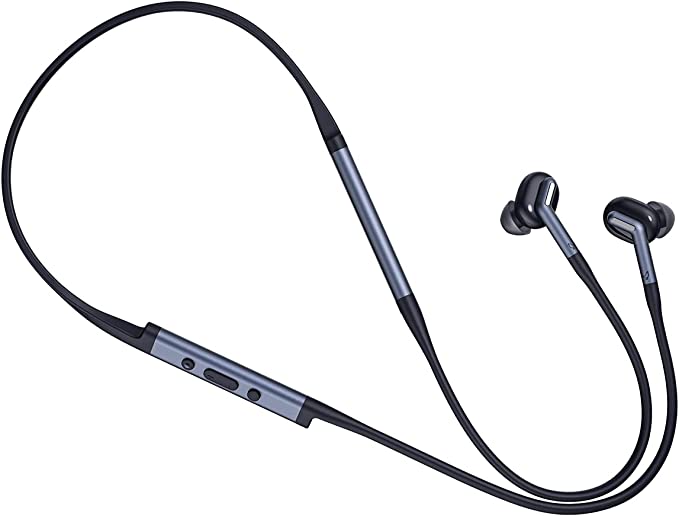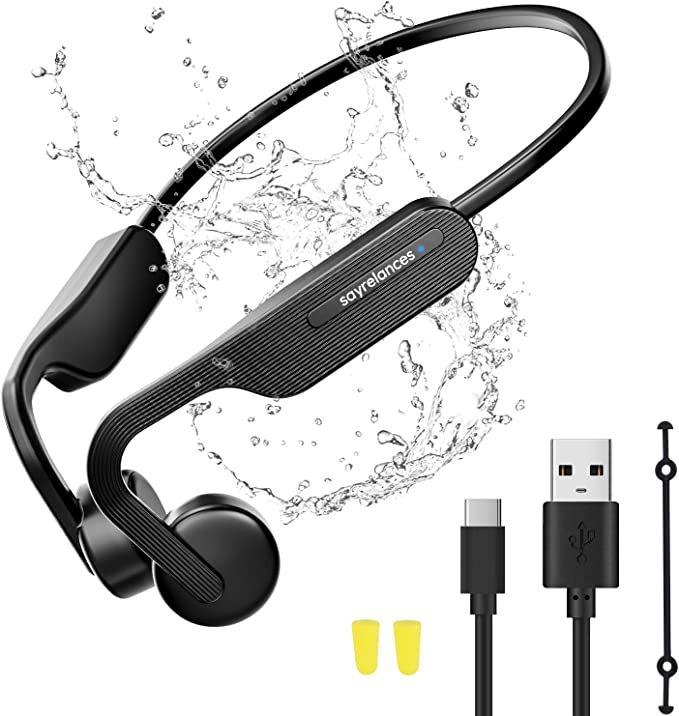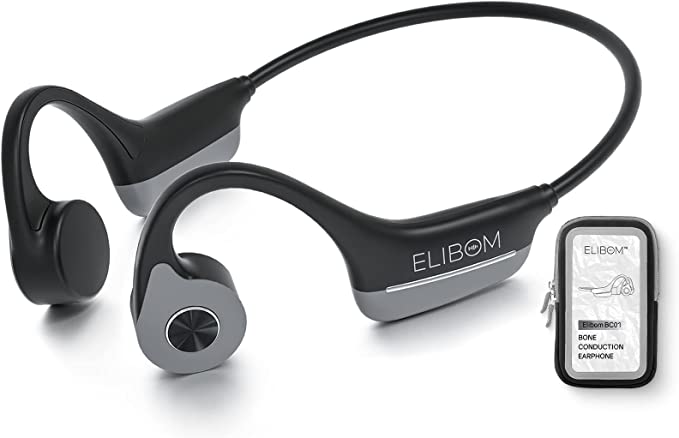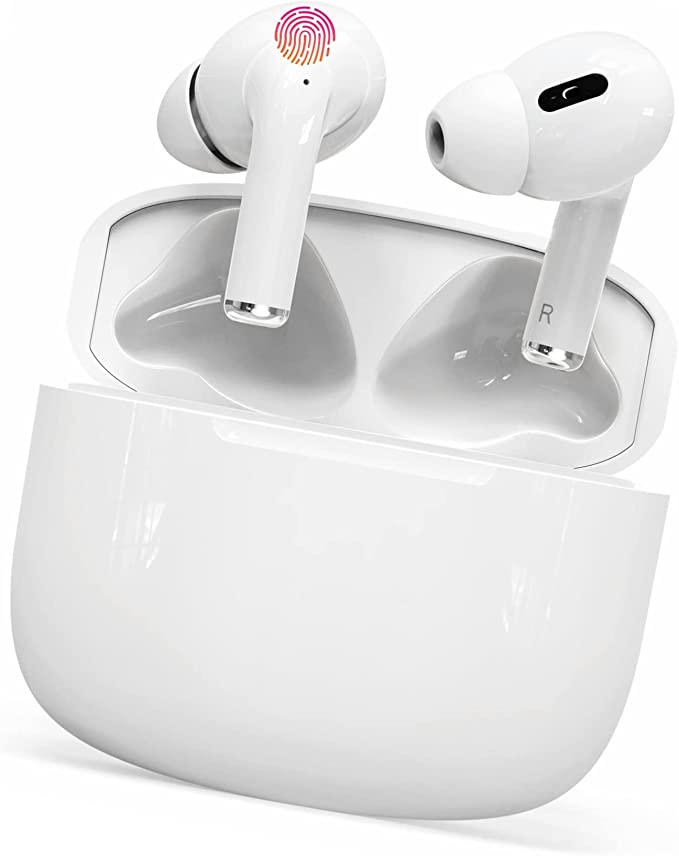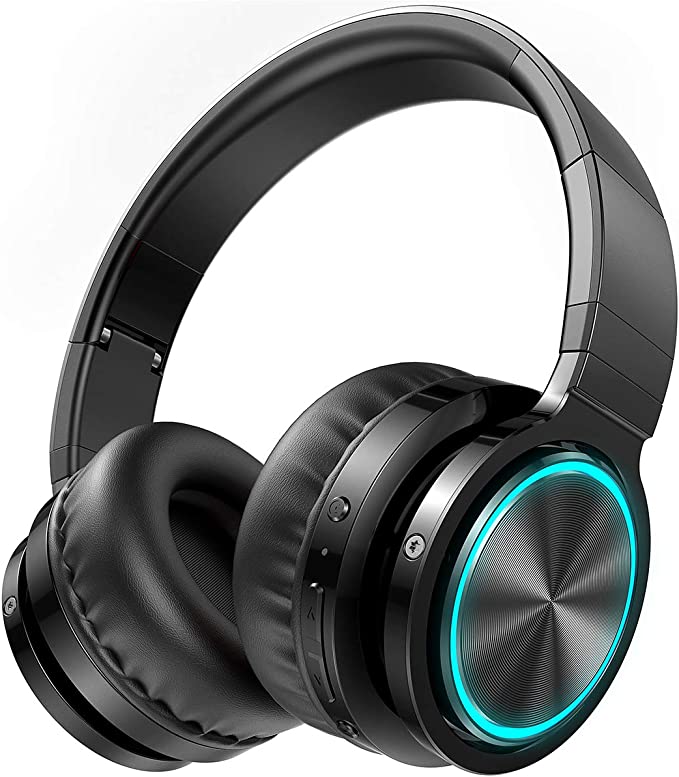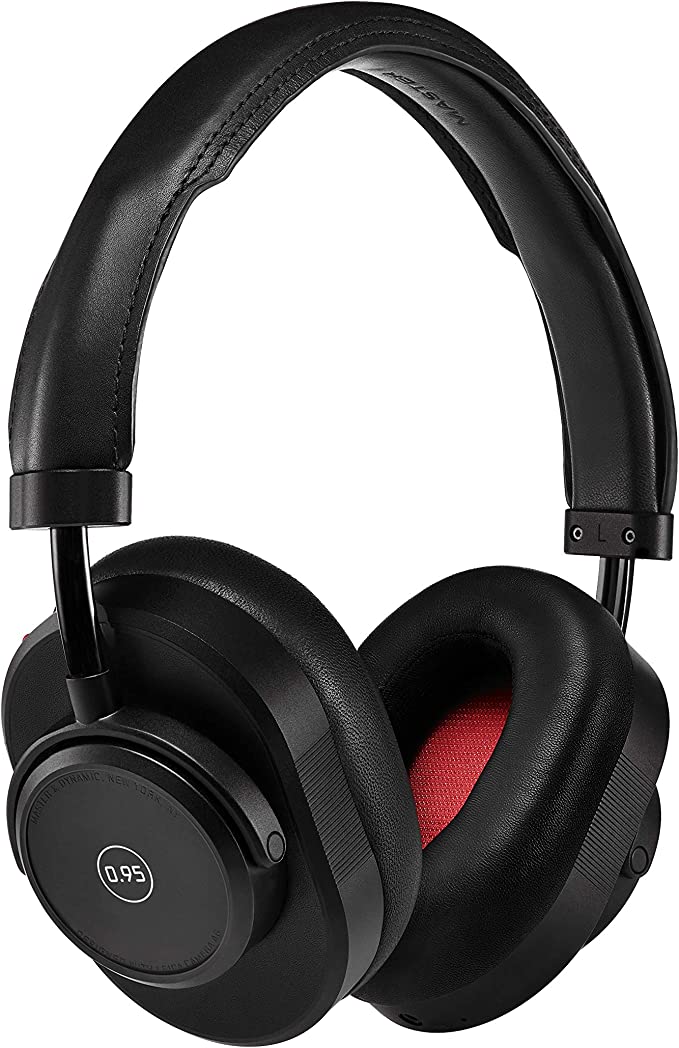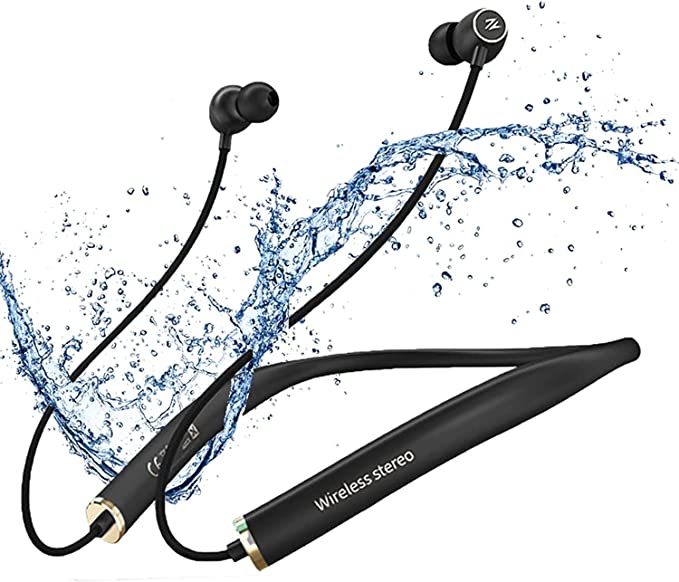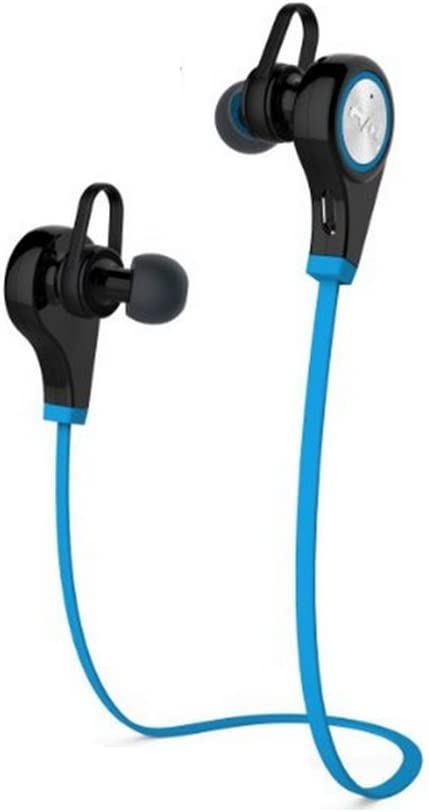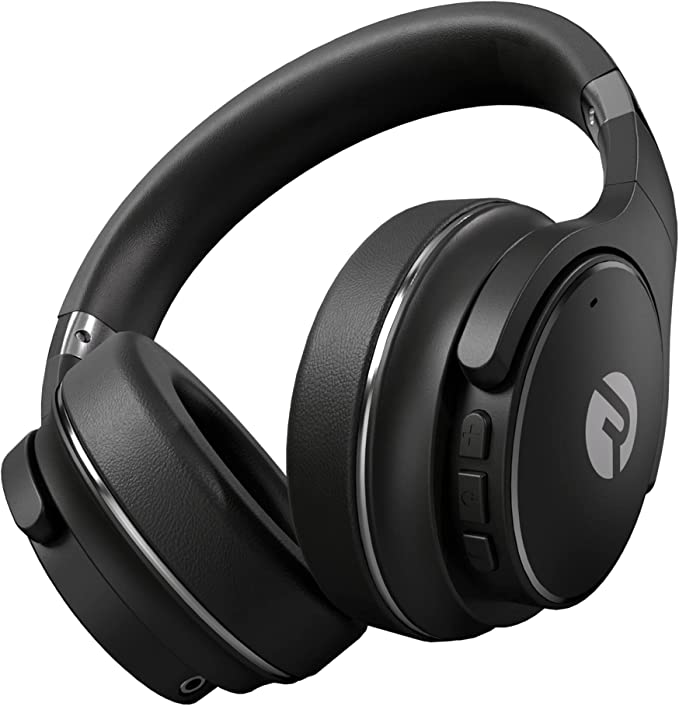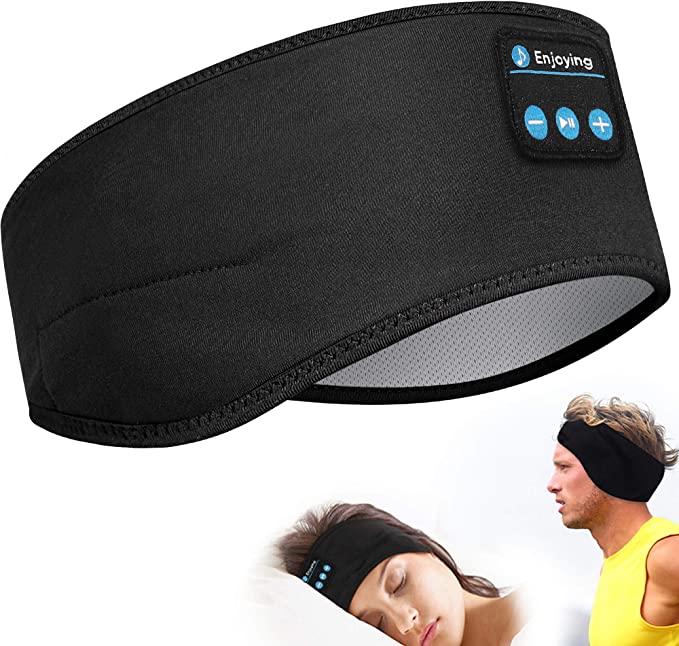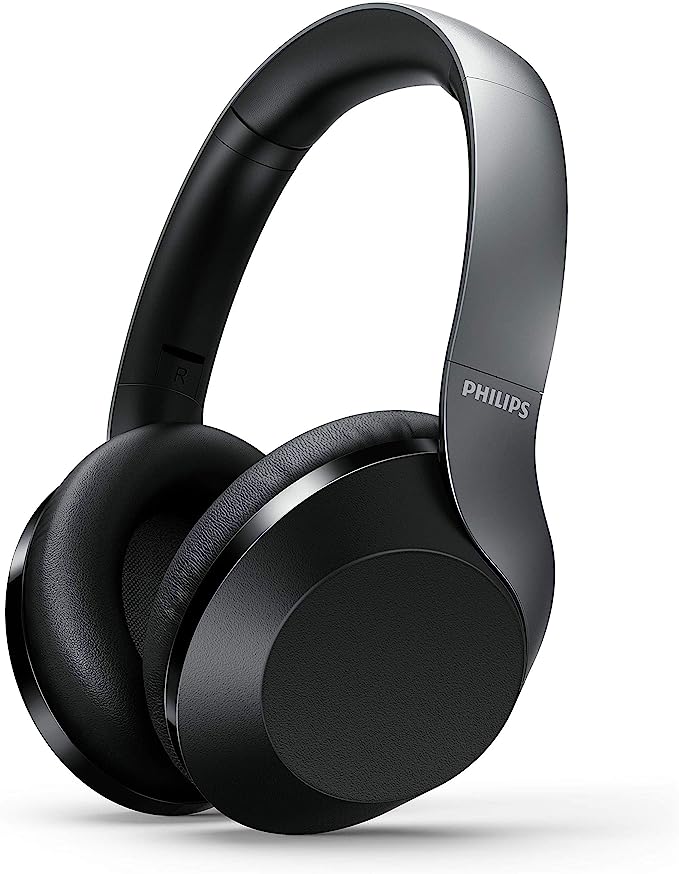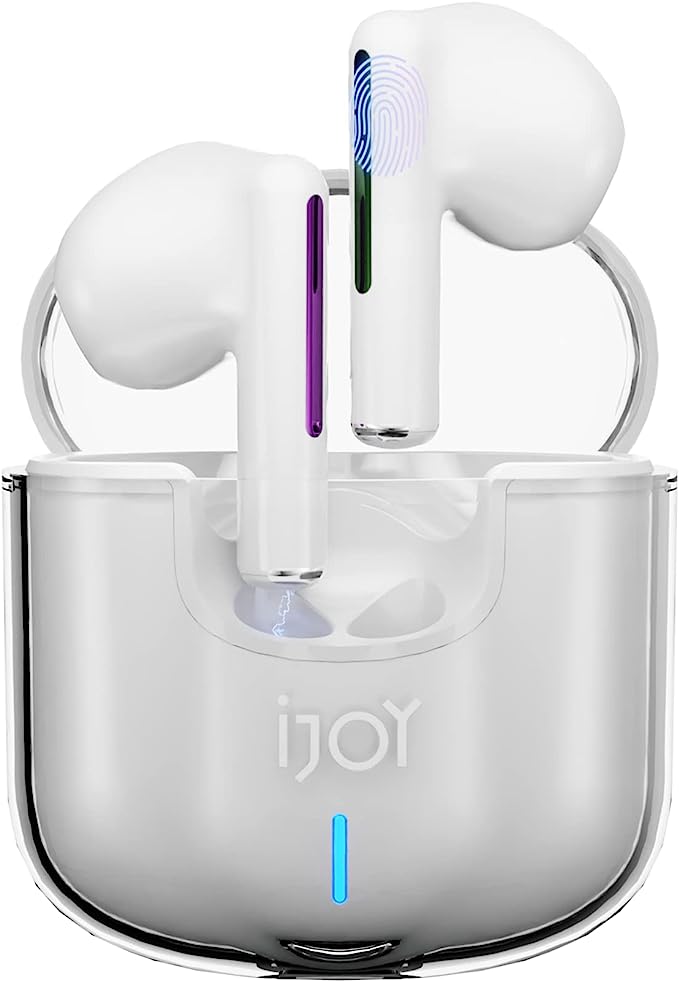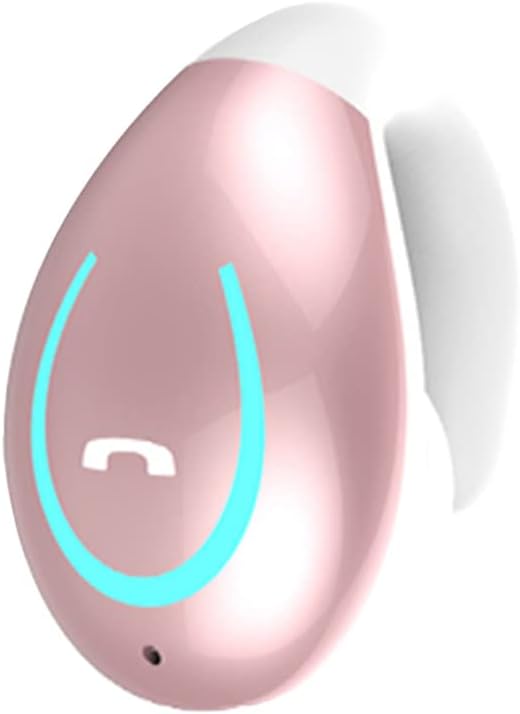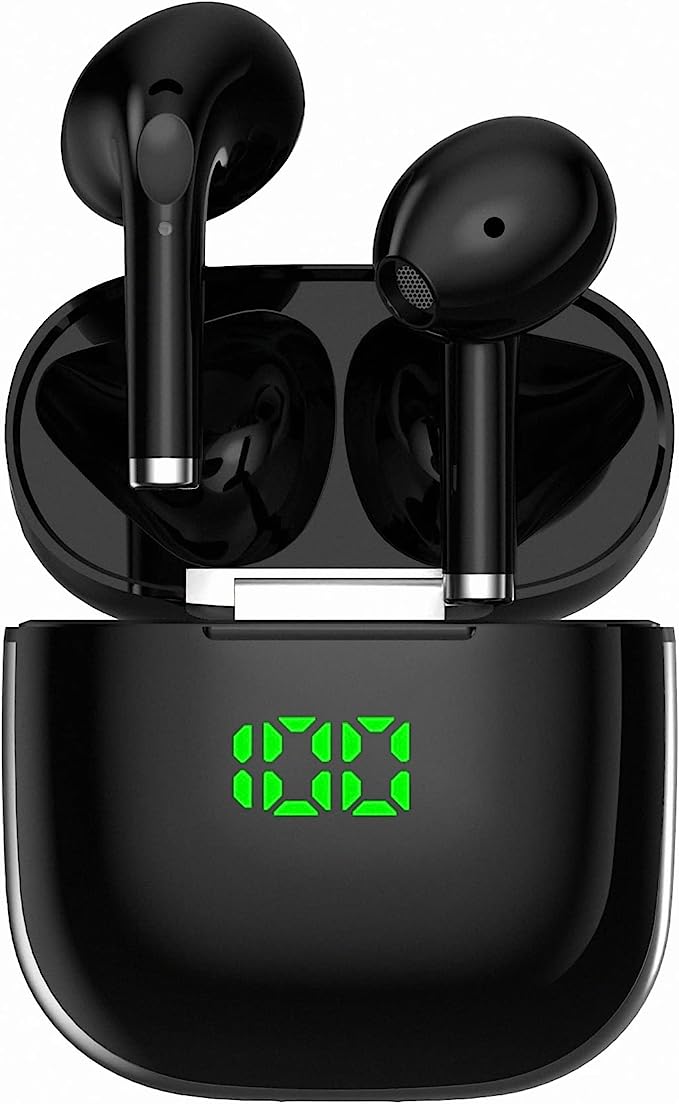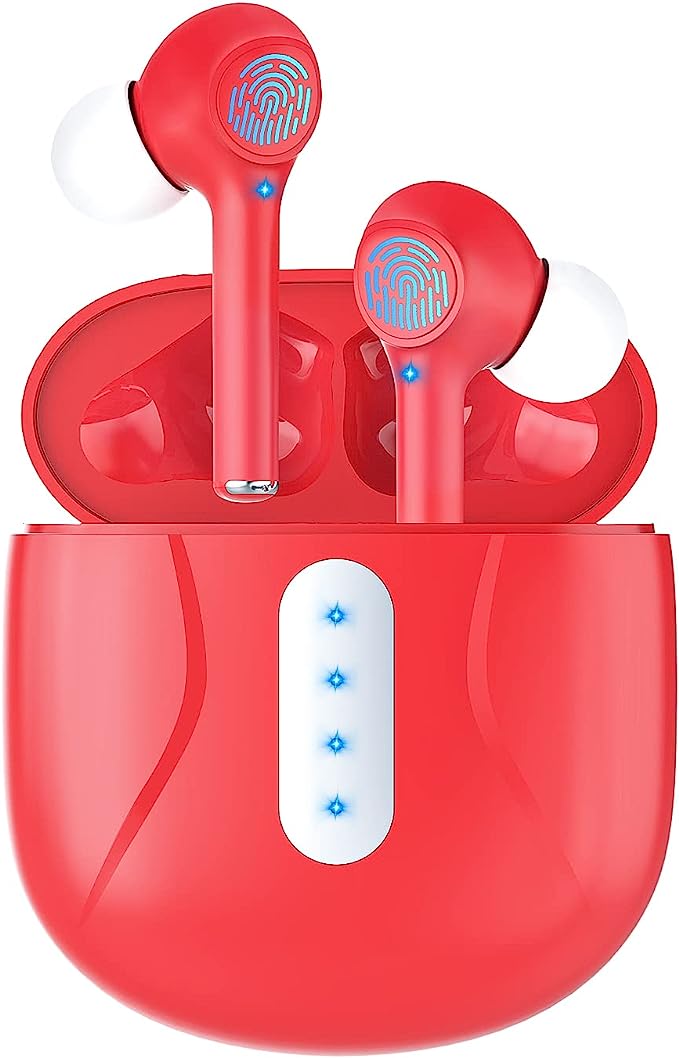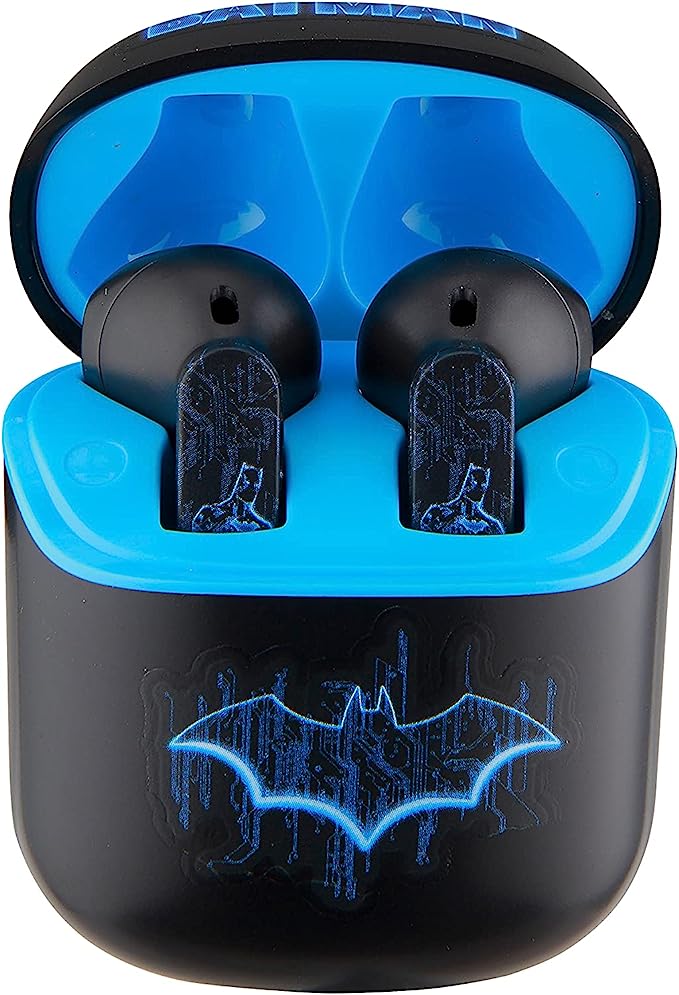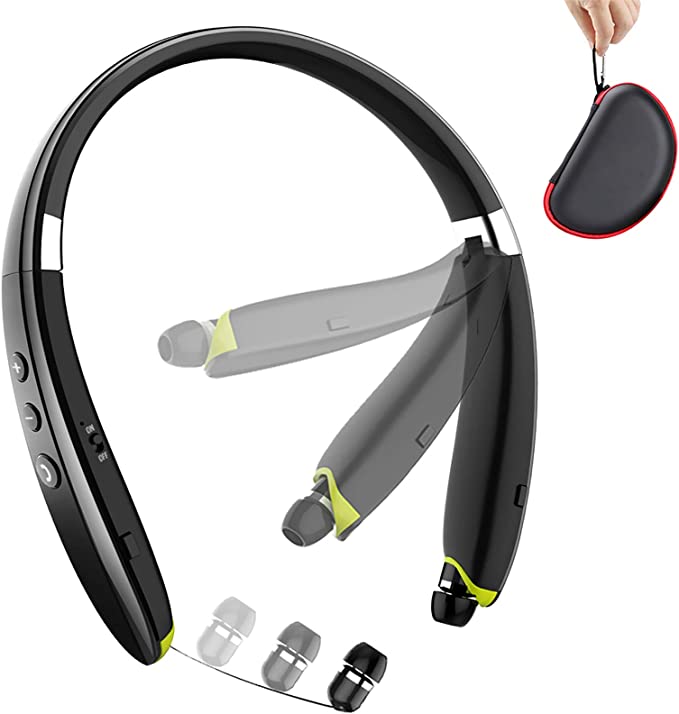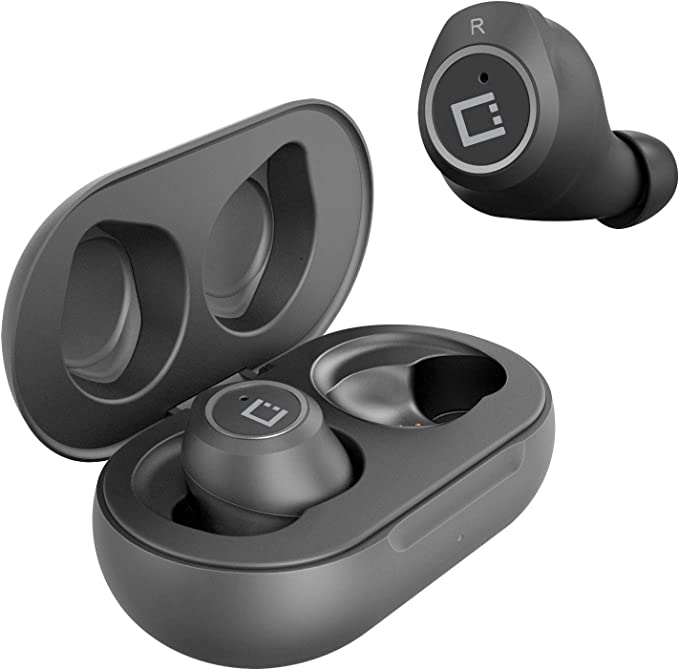Edifier W820NB: Escape the Noise with Hybrid Active Noise Cancelling
Update on March 21, 2025, 7:43 a.m.
Sound is an integral part of the human experience. It’s the laughter of loved ones, the melody of a favorite song, the rustling of leaves in a gentle breeze. But sound can also be a source of stress and discomfort – the roar of traffic, the drone of an airplane engine, the incessant chatter in a crowded café. We live in a world of constant sound, a complex tapestry woven from both the desirable and the undesirable. This constant bombardment can affect our concentration, our productivity, and even our overall well-being.

The Human Ear: Nature’s Masterpiece of Sound Reception
Before we dive into the technology that helps us manage sound, let’s appreciate the incredible instrument that allows us to perceive it: the human ear. It’s a marvel of biological engineering, capable of detecting a vast range of sounds, from the faintest whisper to the loudest thunderclap.
The process begins with the outer ear, which funnels sound waves into the ear canal. These waves cause the eardrum to vibrate, and these vibrations are amplified by three tiny bones in the middle ear: the malleus, incus, and stapes (also known as the hammer, anvil, and stirrup). These bones act as a lever system, transmitting the vibrations to the inner ear.
The inner ear houses the cochlea, a fluid-filled, snail-shaped structure. Inside the cochlea are thousands of tiny hair cells, each tuned to a specific frequency. When the vibrations reach the cochlea, they cause the fluid to move, bending these hair cells. This bending triggers electrical signals that travel along the auditory nerve to the brain, where they are interpreted as sound. The specific hair cells that are stimulated determine the pitch and loudness of the sound we perceive.

The Unwanted Guest: Understanding Noise and Its Effects
While sound is a broad term encompassing all auditory experiences, noise specifically refers to unwanted or unpleasant sound. What constitutes noise is often subjective, varying from person to person and situation to situation. However, prolonged exposure to loud noise, regardless of its perceived pleasantness, can have detrimental effects on our health.
High levels of noise can damage the delicate hair cells in the cochlea, leading to hearing loss. This damage is often irreversible. Beyond the physical effects, noise pollution can also contribute to stress, anxiety, and reduced cognitive function. It can interfere with sleep, impair concentration, and even increase the risk of cardiovascular problems.
The Quest for Silence: A History of Noise Reduction
The desire for quiet is not new. Humans have sought ways to control and reduce noise for centuries. Early methods focused on passive noise reduction, using physical barriers to block or absorb sound waves. Think of thick walls, heavy curtains, or even simply plugging your ears. These methods are effective to some extent, particularly for high-frequency sounds, but they are often insufficient to deal with the pervasive low-frequency rumble of modern life.
The development of active noise cancellation (ANC) in the 20th century marked a significant breakthrough. The first patent for an ANC system was granted in 1936 to Paul Lueg, a German physicist, his concept was theoretical, laying the groundwork for future advancements. Practical applications began to emerge in the 1950s and 1960s, primarily for use in aviation headsets to protect pilots from the intense engine noise.
Active Noise Cancellation: The Science of “Anti-Sound”
Active noise cancellation is a fascinating technology that goes beyond simply blocking sound; it actively erases it. The core principle behind ANC is destructive interference, a phenomenon that occurs when two waves combine in a specific way.
Imagine two identical stones dropped into a calm pond. Each stone creates a series of expanding circular ripples. If the stones are dropped simultaneously and close together, the ripples will interact. Where the crest (highest point) of one wave meets the trough (lowest point) of another, they cancel each other out. This is destructive interference.
ANC applies this principle to sound waves. Sound waves, like ripples in a pond, have crests and troughs. ANC systems use microphones to “listen” to the incoming noise and then generate a sound wave that is precisely 180 degrees out of phase with the original noise. This “anti-noise” wave has its crests aligned with the troughs of the noise wave, and vice versa. When these two waves combine, they effectively cancel each other out, resulting in silence – or, more accurately, a significant reduction in the noise level.
There are three main types of ANC:
-
Feedforward ANC: In this system, the microphone is placed on the outside of the headphone earcup. It “hears” the external noise before it reaches the ear. The ANC circuit then processes this signal and generates the anti-noise wave, which is played through the headphone speaker. Feedforward systems are generally effective at canceling predictable, low-frequency sounds, such as the drone of an airplane engine.
-
Feedback ANC: Here, the microphone is placed inside the earcup, close to the ear. It “hears” the sound that has reached the ear, including any noise that has leaked past the earcups. The ANC circuit then adjusts the anti-noise signal to compensate for this leakage. Feedback systems are generally better at canceling a wider range of frequencies, including some higher-frequency sounds.
-
Hybrid ANC: The Best of Both Worlds: Hybrid ANC combines both feedforward and feedback microphones, taking advantage of the strengths of each approach. The external microphone handles predictable, low-frequency noise, while the internal microphone fine-tunes the cancellation, addressing a broader range of frequencies and adapting to variations in how the headphones fit on the user’s head.
Edifier W820NB: A Closer Look at Hybrid ANC in Action
The Edifier W820NB headphones utilize a hybrid ANC system to deliver a superior noise-canceling experience. Let’s break down how it works:
-
Microphone Placement and Function: The W820NB has microphones strategically placed both on the exterior and interior of the earcups. The external feedforward microphones capture the ambient noise before it reaches your ears. The internal feedback microphones monitor the sound inside the earcup, providing a second layer of analysis.
-
Processing of the Anti-Noise Signal: The signals from both sets of microphones are fed into a sophisticated digital signal processing (DSP) chip. This chip uses advanced algorithms to analyze the noise and generate the precise anti-noise waveform. This process involves complex filtering and phase manipulation to ensure accurate cancellation. The DSP chip constantly adjusts the anti-noise signal in real-time to adapt to changing noise conditions.
-
The 38dB Noise Reduction Rating: The 38dB rating indicates the maximum amount of noise reduction the headphones can achieve under ideal conditions. It’s important to understand that this is not a constant level of reduction across all frequencies. ANC is typically most effective at lower frequencies (around 100-500 Hz), where many common environmental noises, like engine rumble and traffic noise, reside. The effectiveness gradually decreases at higher frequencies.
Beyond Silence: Hi-Res Audio and the Edifier W820NB
While the W820NB excels at creating a quiet listening environment, it doesn’t sacrifice sound quality in the process. These headphones are certified for Hi-Res Audio, meaning they meet a specific set of standards for audio performance established by the Japan Audio Society (JAS).
But what exactly is Hi-Res Audio? In simple terms, it refers to audio files that have a higher sampling rate and bit depth than standard CD-quality audio. A CD has a sampling rate of 44.1 kHz and a bit depth of 16 bits. Hi-Res Audio typically has a sampling rate of 96 kHz or higher and a bit depth of 24 bits or higher.
Let’s break down what those terms mean:
-
Sampling Rate: This refers to the number of times per second that the analog audio signal is “sampled” or measured during the digital recording process. A higher sampling rate captures more snapshots of the original sound wave, resulting in a more accurate representation of the audio. Think of it like taking more frames per second in a video – the higher the frame rate, the smoother and more detailed the motion appears. The unit for sampling rate is Hertz (Hz)
-
Bit Depth: This refers to the number of bits used to represent each sample. A higher bit depth provides a wider dynamic range, meaning the difference between the quietest and loudest sounds that can be recorded. It also reduces quantization noise, which can manifest as a subtle hiss or distortion. Think of it like having more colors available to paint a picture – the more colors you have, the more nuanced and realistic the image can be.
The benefit of Hi-Res Audio is a more detailed, nuanced, and accurate reproduction of the original recording. You might hear subtle details in your music that you never noticed before, such as the breath of a singer, the delicate pluck of a guitar string, or the ambience of the recording space.
The Edifier W820NB, with its Hi-Res Audio certification, is capable of reproducing these subtle details, provided you are listening to Hi-Res Audio files. Common Hi-Res Audio file formats include FLAC, ALAC, WAV, and DSD.
Transparency Mode: Staying Connected to Your Surroundings
While noise cancellation is fantastic for creating an immersive listening experience, there are times when you need to be aware of your surroundings – crossing a busy street, listening for an announcement at an airport, or having a quick conversation with a colleague. This is where Transparency Mode (also known as Ambient Sound Mode) comes in.
The Edifier W820NB features a Transparency Mode that utilizes the external microphones to pick up ambient sounds and pass them through to the headphones’ speakers, mixed with your audio content. This allows you to hear what’s going on around you without having to remove your headphones. The level of ambient sound can often be adjusted, allowing you to customize the balance between your music and your surroundings.
The technology behind Transparency Mode is essentially the opposite of noise cancellation. Instead of generating an anti-noise signal, the DSP chip amplifies and clarifies the external sounds captured by the microphones. This requires careful processing to avoid amplifying unwanted noise and to ensure that the ambient sounds are presented in a natural and realistic way.

Low Latency Gaming: Sound and Vision in Sync
For gamers, audio lag can be a significant problem. If the sound you hear doesn’t match up with the action on the screen, it can disrupt the immersive experience and even affect your performance. This is why the Edifier W820NB includes a low-latency gaming mode.
Latency refers to the delay between when a sound is generated and when you hear it. In wireless headphones, latency can be introduced by the Bluetooth encoding and decoding process, as well as by the digital signal processing within the headphones.
The Edifier W820NB’s gaming mode minimizes this latency, ensuring that the audio and video are synchronized. While the specific latency figures are not always explicitly stated by manufacturers, the goal is to reduce it to a level where it is imperceptible to the human ear, generally below 100ms, and ideally as low as 80ms or less, as claimed for the W820NB. This is achieved through a combination of efficient Bluetooth codecs (although the specific codec used in gaming mode isn’t specified in the provided materials) and optimized DSP processing.
The Unsung Heroes: Headphone Drivers and Acoustic Design
While ANC and digital features are crucial, the fundamental sound quality of any headphone ultimately depends on its drivers and acoustic design. The drivers are the miniature loudspeakers inside the earcups that convert electrical signals into sound waves.
The Edifier W820NB likely uses dynamic drivers, the most common type of headphone driver. Dynamic drivers consist of a diaphragm (a thin, flexible membrane), a voice coil (a coil of wire), and a magnet. When an electrical signal passes through the voice coil, it creates a magnetic field that interacts with the magnet, causing the diaphragm to vibrate. These vibrations produce the sound waves that we hear.
The size, material, and construction of the diaphragm all affect the sound quality. Larger drivers can typically move more air, resulting in deeper bass response. The material of the diaphragm (e.g., paper, plastic, or even bio-cellulose) also influences the sound signature, affecting its stiffness, damping, and overall responsiveness. While the provided specifications mention a “large dynamic titanized composite diaphragm driver,” the exact size is not specified. “Titanized” likely refers to a coating of titanium on the diaphragm, which can improve its rigidity and reduce distortion.
The acoustic design of the earcups also plays a crucial role. The shape, size, and materials of the earcups, as well as the presence of any internal damping or venting, all affect how sound waves resonate and interact within the earcup. This can influence the frequency response, soundstage (the perceived spatial location of sounds), and overall clarity of the audio. The W820NB’s over-ear design and “sponge cover with skin texture” are designed for both comfort and acoustic isolation, helping to create a sealed environment for optimal sound reproduction and passive noise reduction.
Conclusion: The Power of Choice in a World of Sound
The Edifier W820NB headphones represent a convergence of technologies designed to give us greater control over our auditory environment. From the sophisticated science of active noise cancellation to the precision engineering of high-fidelity audio reproduction, these headphones offer a powerful tool for navigating the complexities of the modern soundscape. They allow us to choose when to immerse ourselves in sound and when to find refuge in silence, to stay connected to our surroundings or to focus intently on our work or entertainment. The W820NB headphones are more than just a listening device; they are an example of how technology can empower us to shape our sensory experiences and enhance our well-being.
